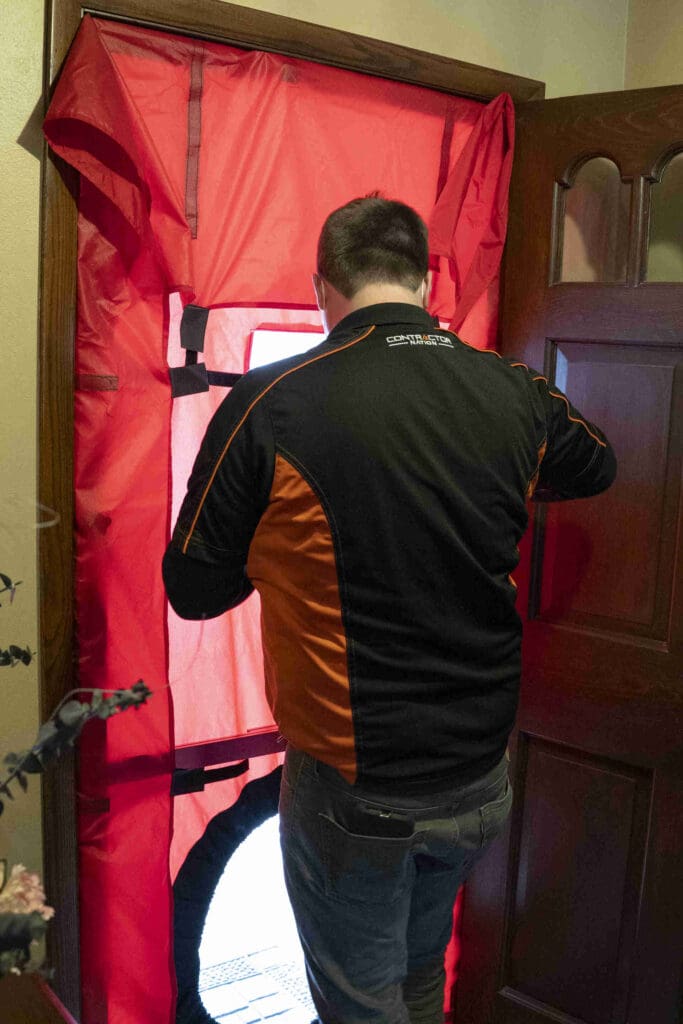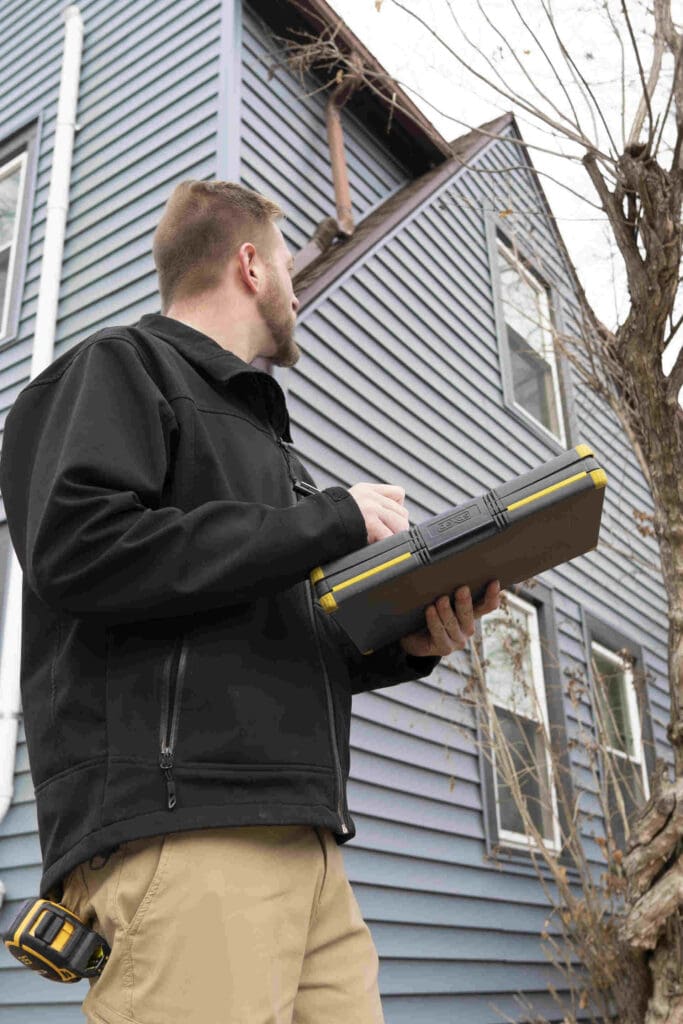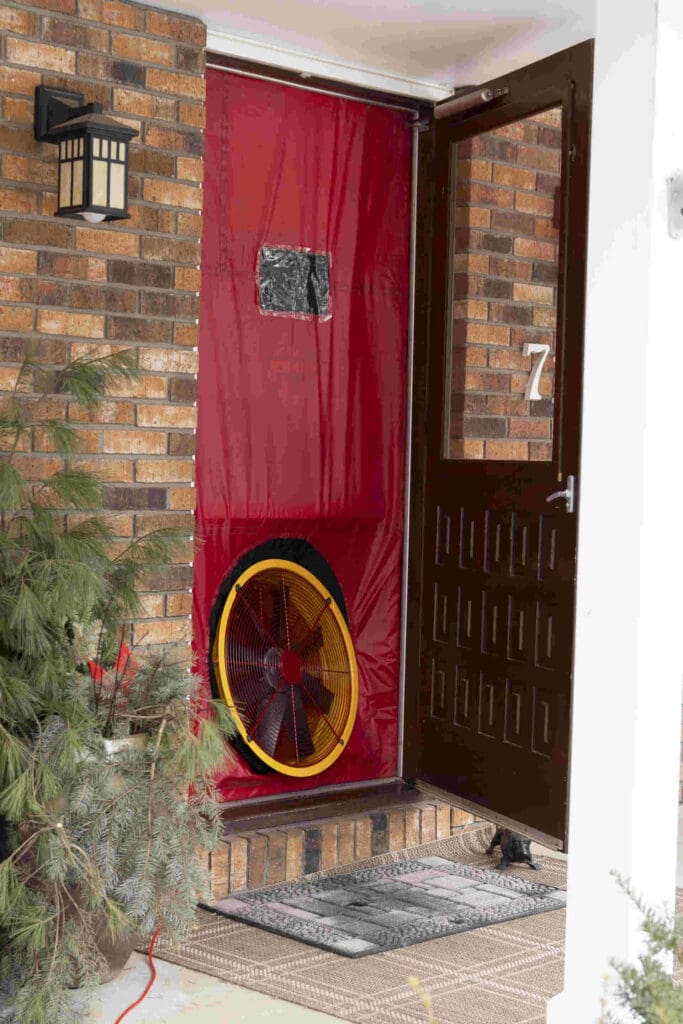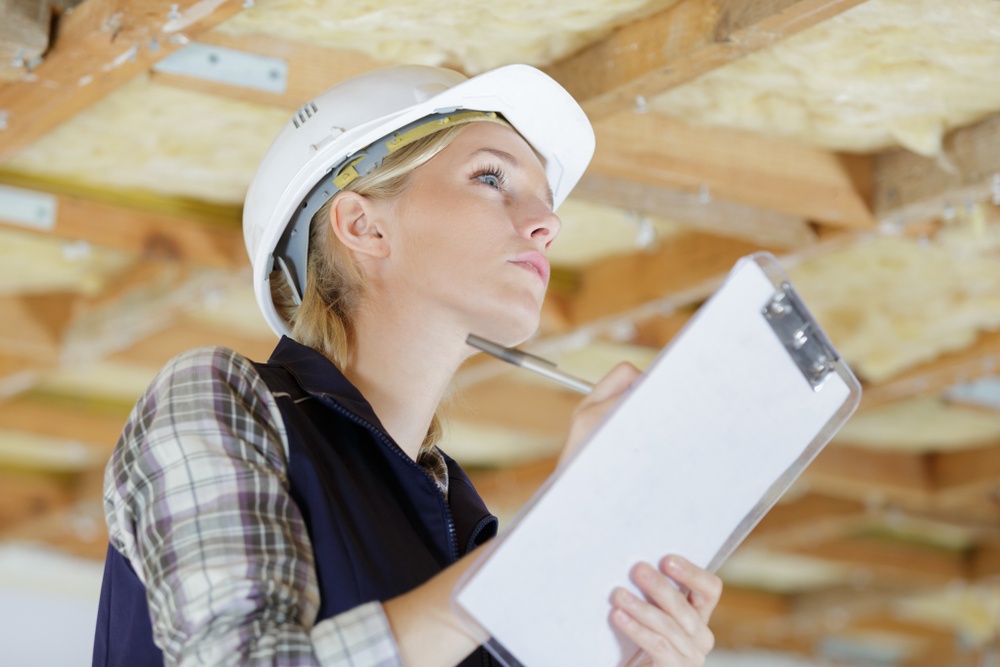Home Energy Audits in Neenah and Northeast Wisconsin
Most Wisconsin homeowners want to make their houses more comfortable while saving money but aren’t sure how to check off both of these boxes. With a home energy audit from Keeney Home Services, you’ll discover how much energy your home’s features consume and receive custom tips for lowering your energy usage.
This vital service not only identifies problem areas within your home but also provides long-lasting solutions so you can make your home more energy-efficient.


What Is a Home Energy Audit?
The purpose of a home energy assessment is to figure out how much energy you consume so you can find ways to improve your home’s efficiency. This service includes several benefits, such as:
- Lowering your energy costs
- Making your house more comfortable
- Promoting sustainability in your household
- Increasing your property value
An energy audit deserves priority as a home maintenance service since it addresses some of the key systems and features that contribute to your home’s overall comfort level and value. Making improvements to these features will increase your property value and lead to long-term savings.
Our Approach to Home Energy Audits
At Keeney Home Services, we tackle every home energy evaluation in a three-step process consisting of:
- Visually inspecting the home’s features
- Conducting tests that determine the efficiency of the home’s HVAC system and other components
- Recommending solutions that will address common efficiency problems
You can count on our home energy experts to perform a thorough analysis of the space and explain all of the results. If the energy efficiency assessment concludes that your home needs major upgrades, we’re happy to guide you through the process and make the appropriate changes.


Wisconsin Energy Audit Services Offered
We offer a basic energy assessment that gives you a glimpse into the energy efficiency of your home so you can decide if it’s time to upgrade some features. For a more detailed look at your home’s energy usage, our comprehensive audit package includes tests and reports on essential features, such as lighting, insulation, and HVAC equipment.
We also specialize in insulation, gutter, and roof installation, all of which may improve your home’s efficiency. Count on us to transform your home by integrating these services following an energy audit.
Benefits of Choosing Us for Your Home Energy Efficiency Audit
At Keeney Home Services, we deliver exceptional service to every customer. We guarantee your satisfaction thanks to our:
- Industry expertise
- Knowledge of Wisconsin’s climate and how it impacts home energy
- Cost-effective services and solutions
Get ready to enjoy long-term savings by teaming with us for an energy evaluation and other home services.
Frequently Asked Questions
Check out answers to some of the top questions our home energy consultants receive.
How Much Does a Home Energy Audit Cost?
The price of an energy efficiency audit depends on the scope of the project. It can cost homeowners a few hundred dollars on average.
How Long Does the Energy Efficiency Audit Process Take?
The audit process can take between two and four hours depending on the size of the home and its condition.
Are There Incentives or Rebates Available for Energy Efficiency Upgrades?
Yes, federal tax credits and rebate programs exist for Wisconsin homeowners who make certain upgrades after a home energy evaluation.
How to Get Started with a Home Energy Assessment
Are you ready to make your home more energy-efficient? Keeney Home Services will kickstart the process with a home energy audit that outlines issues with your energy consumption. We’ll use this information to recommend upgrades that will cut your energy costs and keep you comfortable all year long.
Contact Keeney Home Services today, or request a free service estimate.
